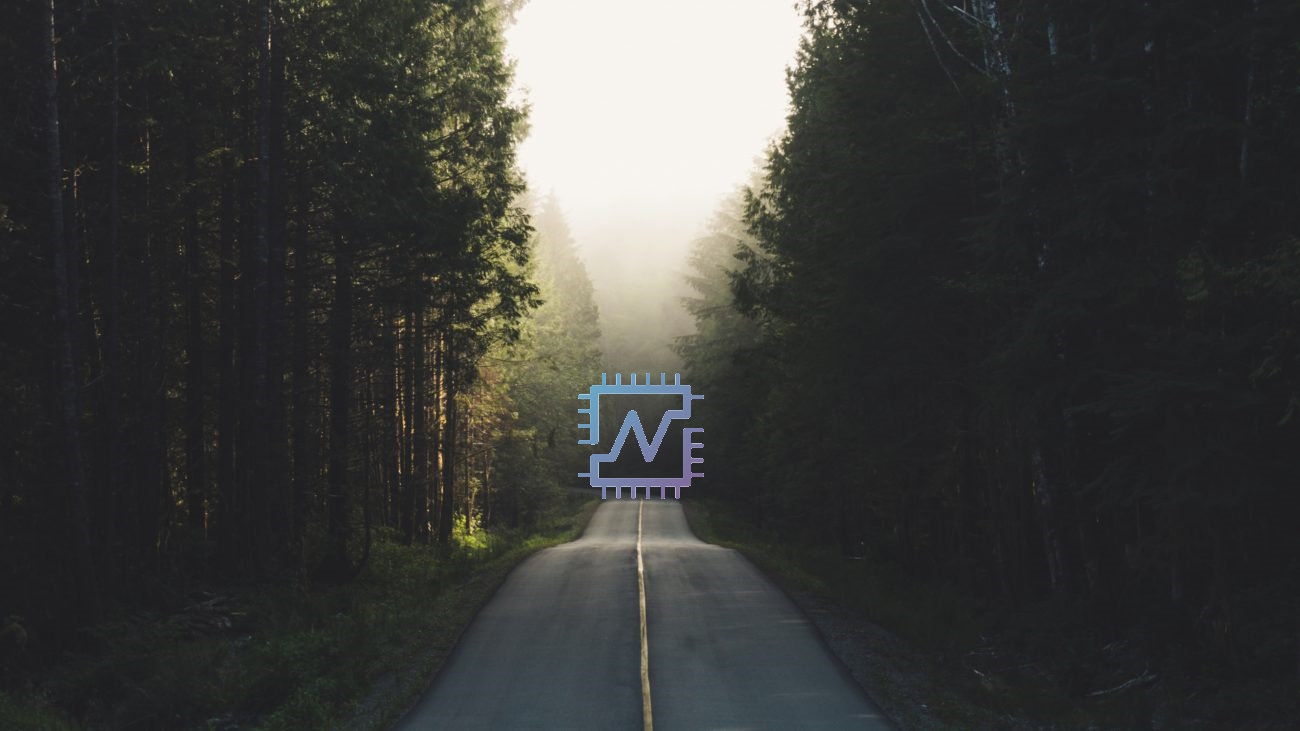Nerva was born on May 1, 2018. There was a 1% pre-mine or 180,000 XNV that went to the person who created it. Initial supply was set to 18.4 million coins and once those were distributed to miners, tail emission kicked in. Tail emission is set to 0.3 XNV per block. Nerva has been in tail emission since January 19, 2021 so from that point on and into the future, annual inflation is around 158,000 XNV (or around 0.85%). As of this writing XNV supply is: 18.7 million.
Initial success
Initially, Nerva project became popular because of the new algorithm, accelerated emission and being CPU only minable. It quickly attracted a lot of people. As time went on and there was nothing groundbreaking happening, the project was less and less appealing to people. Not much was going on and in November 2021, the person who created Nerva just left without saying anything to anybody in Nerva community.
Struggles
Services started breaking down. A few people stepped in and helped restore things to keep the project running.
Once things were restored, there was a lot of talk but there were few people willing to do anything. Shortly after that, everything started slowing down again to the point where almost nobody was even posting anything in discord other than a few issues and occasional “is this project dead?”
Awakening
Since the beginning of June 2023, there has been a push to try to wake up Nerva project from sleep and accomplish something useful. XNV has been added to DogeCash App (mobile and web wallet), Discord server has been cleaned up of unverified and inactive users and Nerva Community is starting to come together and showing their support.
Here are some positive things about Nerva:
- Mature project – over 5 years in existence and still running without issues
- Fair distribution with only 1% pre-mine
- Low inflation of only 0.85% per year
- Private and secure transactions
- CPU only minable
- Supports Satoshi Nakamoto’s vision of 1 CPU = 1 Vote
Don’t trust, verify!
Above figures and dates can be verified by running a few commands in NERVA daemon:
print_coinbase_tx_sum 1428136 1 – Last block with emission over 0.3 XNV (0.300001065732)
print_coinbase_tx_sum 1428137 1 – First block in tail emission (0.300000000000 in emissions)
print_block 1 – Shows details about pre-mine block
More information
https://github.com/nerva-project/nerva.rpc.php/blob/master/daemon/get_generated_coins/index.php
https://docs.nerva.one/about/





